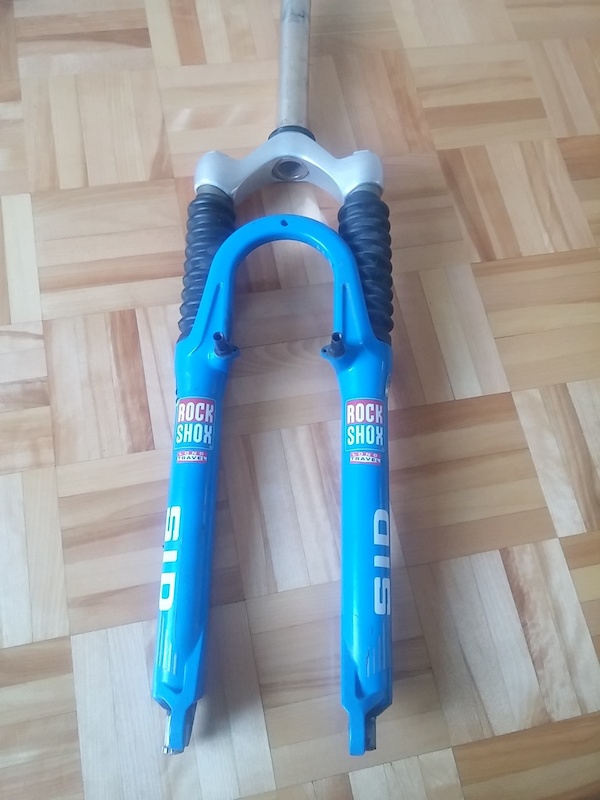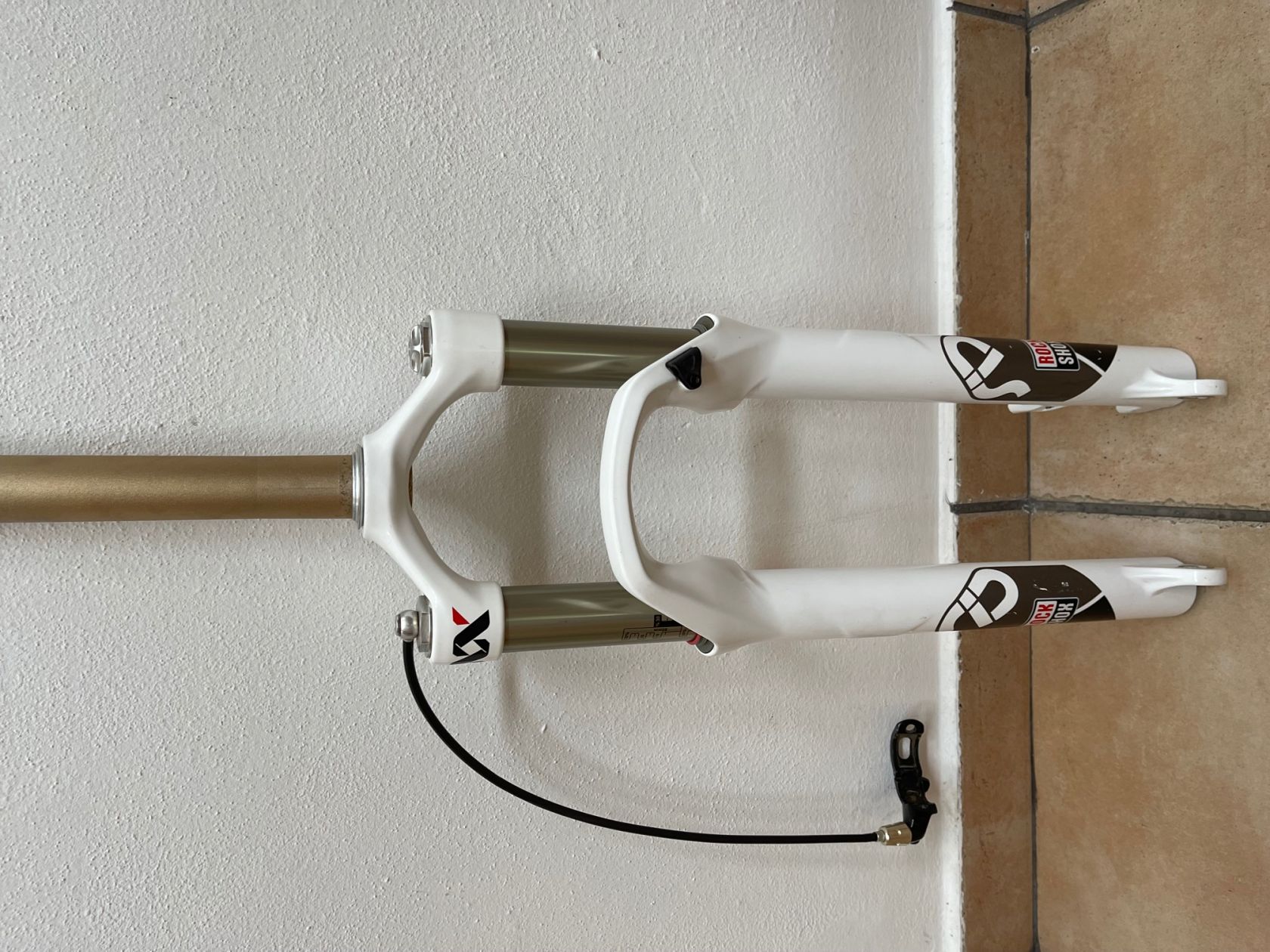
The MSB represents the value 128 in decimal. People also refer to the nybble containing LSB as low nybble, to the MSB nybble as high nybble. _ _/Byte & % $ conversion -A Byte consists of 8 bits and is therefor double the width of a nybble. Hex numbers are indicated by a $, for better determination. After the value exceeds 9, it goes from A to F. As decimal system only has 10 numerics for numbers, the letters A-F were incorporated into the system. this was the most logical choice, since a nybble can hold a value between dec 0-15. _ _/HEX -HEXadecimal means that the number systems has a base of 16 (instead of 10 as we are used from decimal numbering). People also use the orientation LSB (least significant bit = bit 0) and MSB (most significant bit). Mind that the lowest bit is always referred to as bit 0. 2 4 8Ī bit set to "1" means, we need to add it's decimal value up to the sum to know the final value of the nybble. So the bits from LSB to MSB are 1 (and 16 32 64 128 when it's two nybbles/a byte). Binary system is built up on the powers of 2, where the lowest bit represents a decimal value of 1. Going through all possible 0 and 1 combinations, we see that there are 16 different combinations possible. The lowest value a nybble can hold is %0000, the highest would be %1111. Binary numbers are indicated by a % in front. If we put together four of these values, we have a nybble. One single "charge"/"no charge" value is known as bit. Since computers work somewhat different from humans, and only know "charge" (1) or "no charge" (0) the concept of binary values has been made up.

_ _/BIT & Nybble -Humans daily life is dealing with decimal numbers, which we all know.

GOATTRACKER DUAL SID HOW TO
_ / \ Chapter 0 - Getting to know binary and hexadecimal numbering system If you already know how to think in binary and hex, and know what a signed hex value is, you can skip to chapter 1.

_ _/Contents: -Chapter Chapter Chapter Chapter Chapter Chapter Chapter Chapter 0 1 2 3 4 5 6 7 Getting to know binary and hexadecimal numbering system Instrument editor - ADSR - Waveforms & table - Arpeggios Pulse Waveform - Automation/Modulation - Pulsetable Usage of Filter - Filtertable Vibratos - Speedtable Pattern editing, Pattern commands, Orderlist Some essential shortcuts/keys/odd things What Chapter 0-6 left out sid | | chiptunes from scratch using the pc/mac application "goattracker". | This guide is aimed at musicians that want to start creating. Basic guide for creating sid music with goattracker V2.67.


 0 kommentar(er)
0 kommentar(er)
